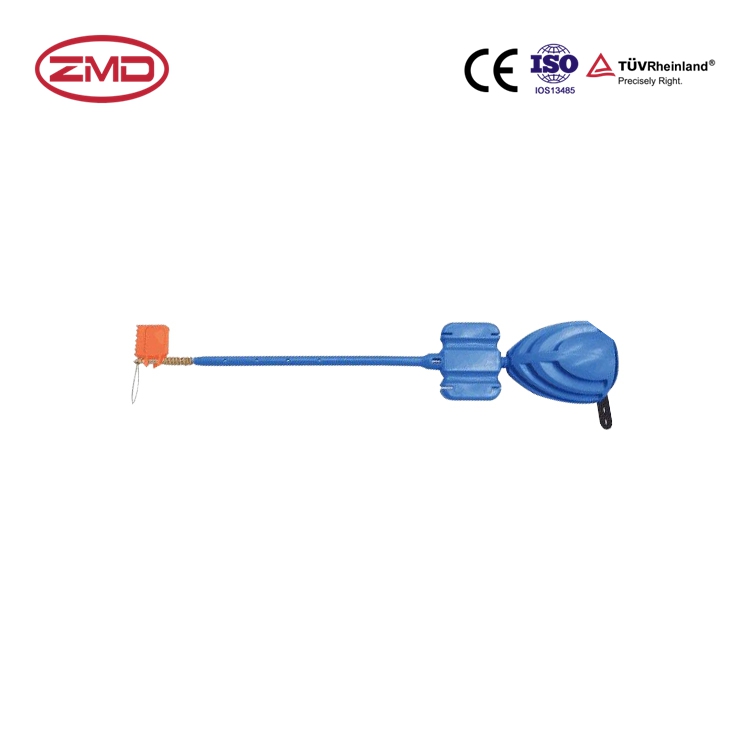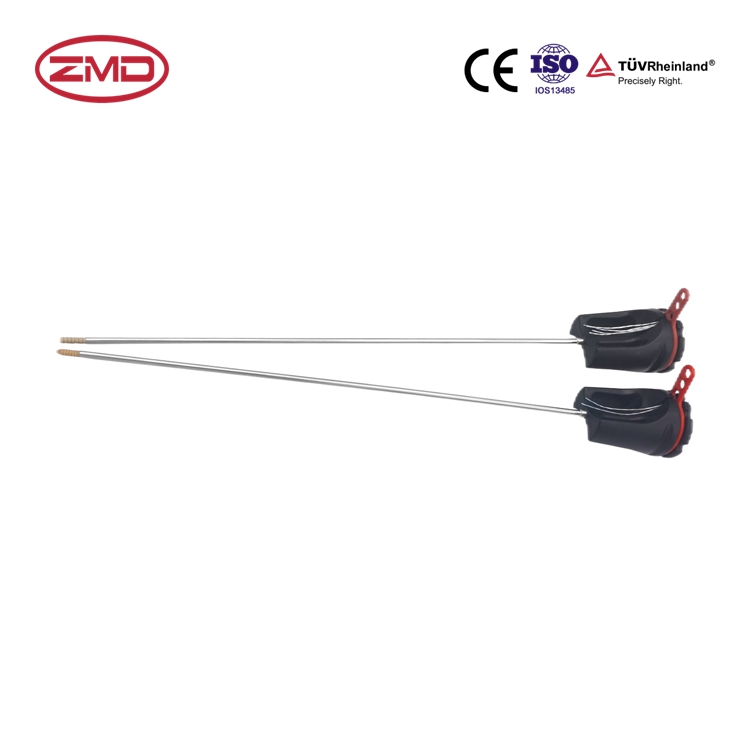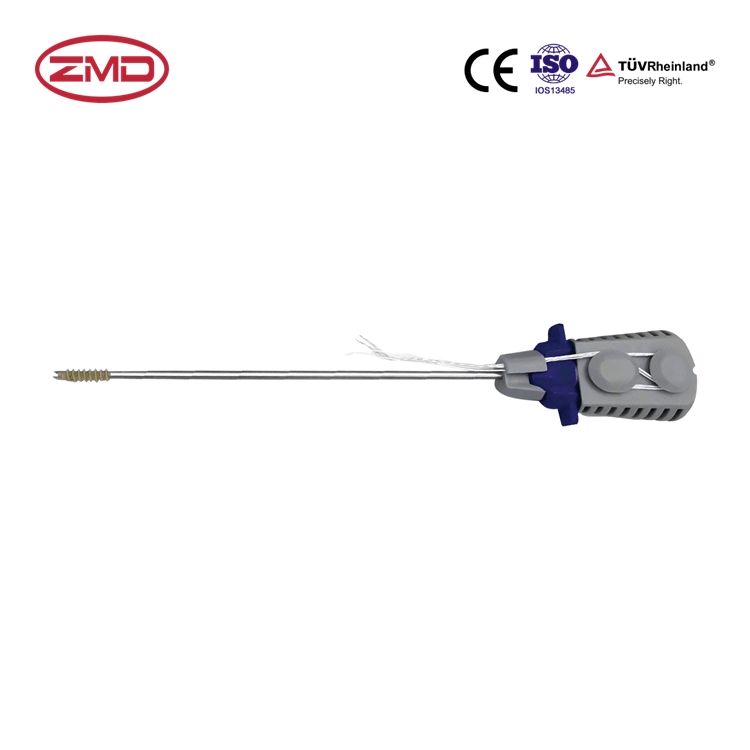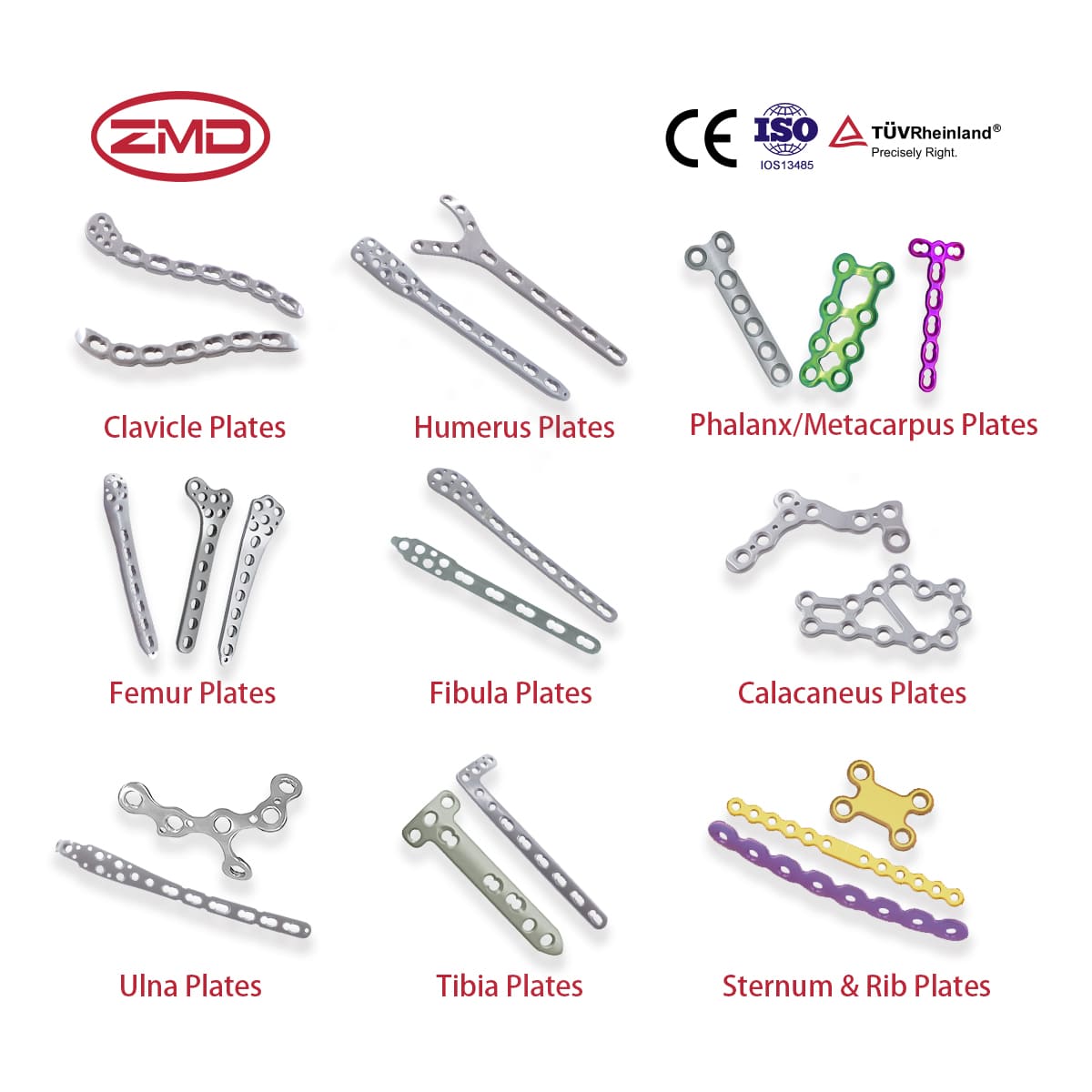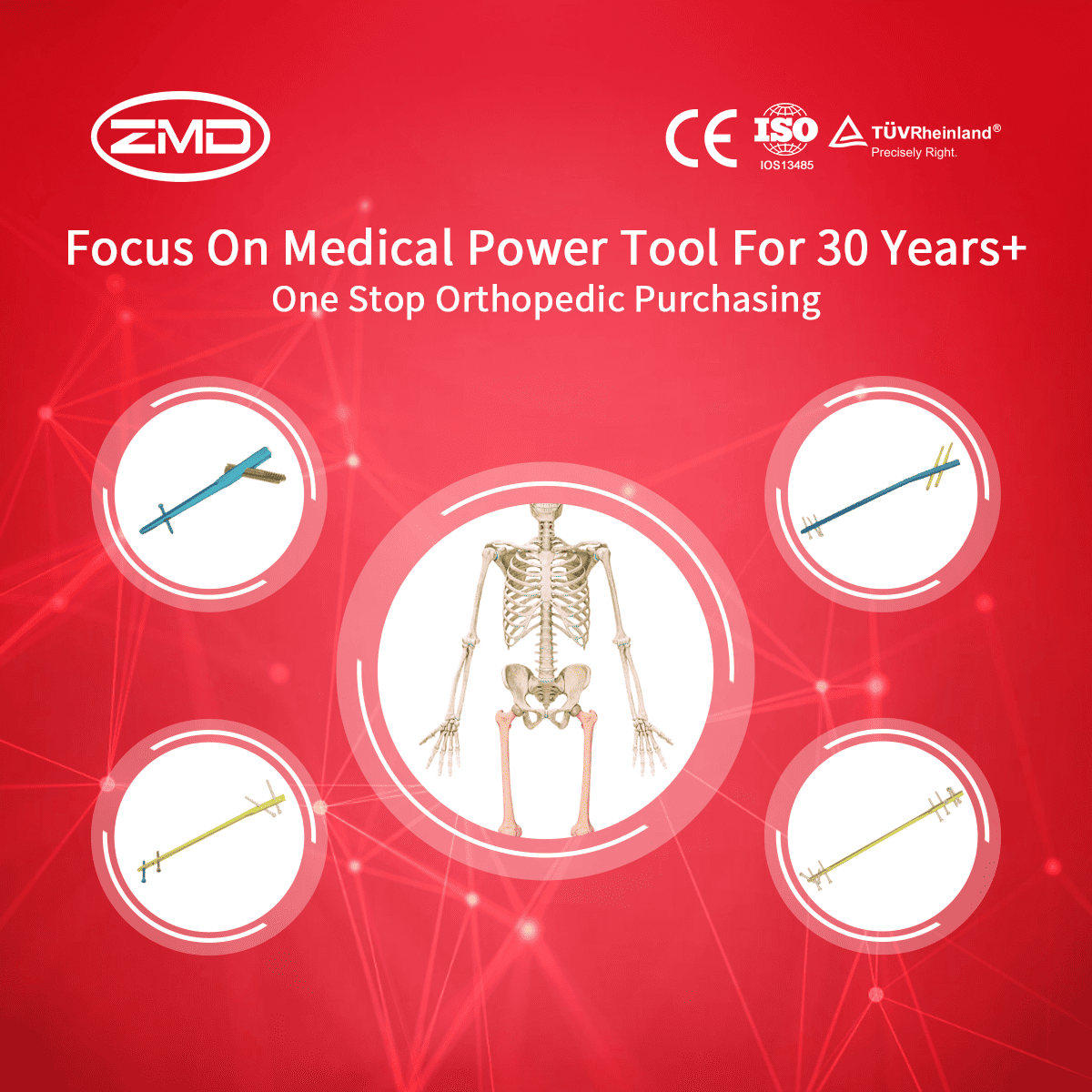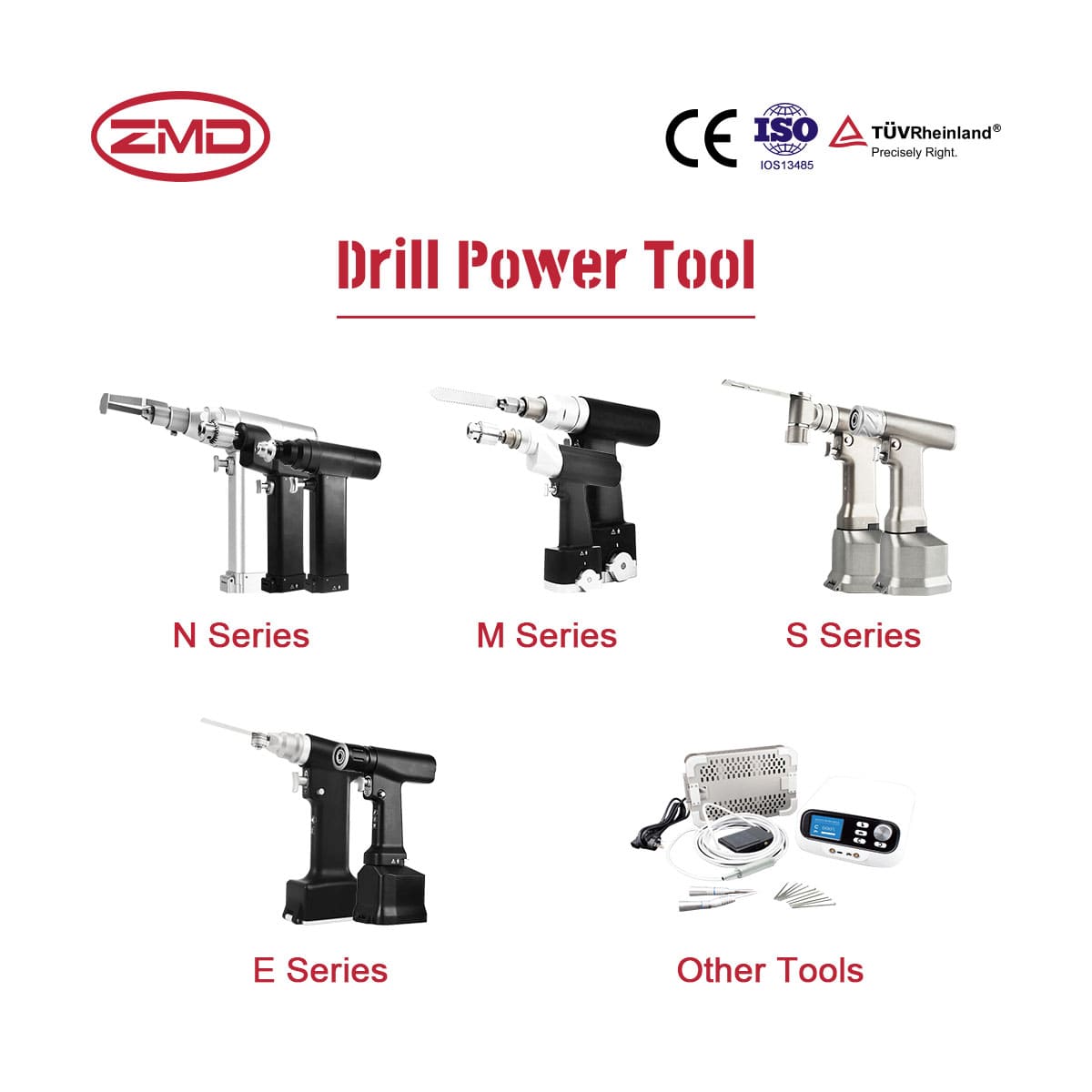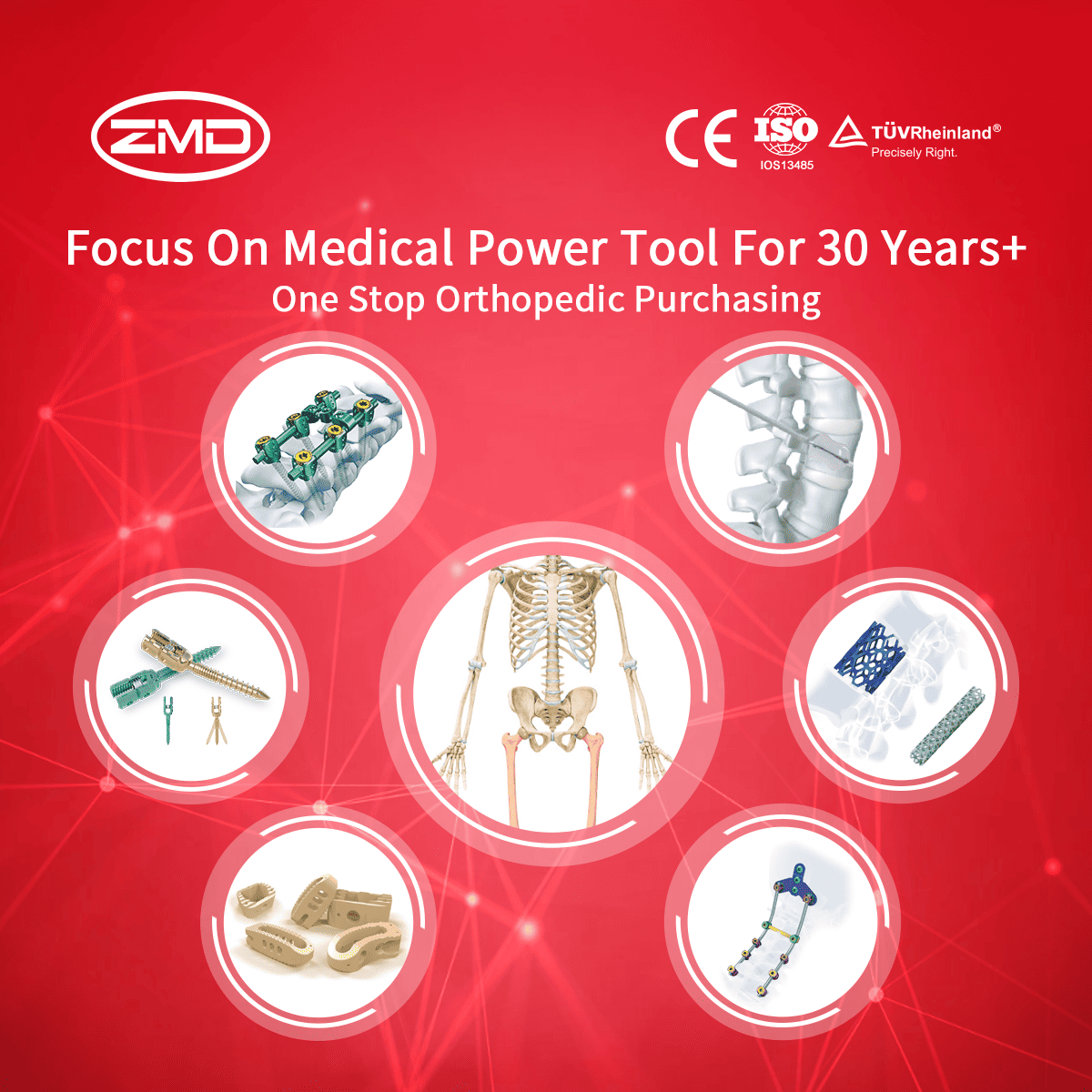Suture Anchor
ZMD
Orthopedic Products
Haven't been able to locate the product you're searching for yet?
If you're interested in more orthopaedic implant products, feel free to get in touch with our ZMD consultants.
What are Suture Anchors?
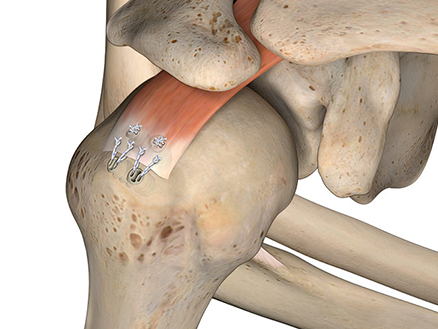

When Are Suture Anchors Needed?
There is a diverse array of suture anchor designs available, each tailored to specific surgical needs. Some are crafted from materials like titanium, which offer remarkable strength and durability. Titanium suture anchors are ideal for situations where long-term stability is required, such as in complex joint reconstructions. They can firmly hold soft tissues in place against the bone, withstanding the significant forces exerted during movement
The primary indications for using suture anchors include:
Torn Ligaments and Tendons
- Anterior Cruciate Ligament (ACL) in the Knee: The ACL is crucial for knee stability, especially during activities like running, jumping, and changing directions. When it tears, often in sports-related incidents, suture anchors can be used in the reconstructive process. Surgeons may use them to firmly attach the graft (which could be from the patient’s own tissue like the patellar tendon or from a donor) to the bone within the knee joint. The suture anchors provide a stable point for the graft to integrate with the bone, allowing for proper tensioning and alignment. This helps in restoring the knee’s stability and enables patients to gradually return to their previous levels of physical activity over time.
- Rotator Cuff Tendons in the Shoulder: The rotator cuff is essential for the smooth movement and stability of the shoulder joint. Tears in these tendons can cause pain and limit the range of motion. Suture anchors are inserted into the humeral head, and the sutures attached to them are used to reattach the torn rotator cuff tendons. This fixation holds the tendons in place against the bone as they heal, reducing the gap between the torn ends and promoting the growth of new tissue. As a result, patients can regain better shoulder function and experience less pain during movements like lifting and reaching.
- Collateral Ligaments in the Ankle: The collateral ligaments on the sides of the ankle provide stability and support. When these are torn, perhaps due to a sprain or a more severe trauma, suture anchors can be employed to repair them. The anchors are placed in the appropriate bones around the ankle joint, and the sutures are used to pull the torn ligament ends together. This helps in maintaining the correct alignment of the ankle joint and allows for a quicker recovery, minimizing the risk of long-term instability or recurrent sprains.
Meniscal Repair
Tendon and Ligament Reconstruction
Joint Instability
Bone Augmentation
Blog
International Women’s Day: Salute to the “She – Power” at ZMD
International Women’s Day: Salute to the “She – Power” at ZMD Amid the trends of “Intelligent Medical Devices” and “Minimally Invasive Medical Technologies”, ZMD thrives
Discover Innovation with Sunan Medical at AAOS
Discover Innovation with Sunan Medical at AAOS The American Academy of Orthopaedic Surgeons (AAOS) Annual Meeting is the premier event for orthopedic professionals worldwide, offering
Visit Us at Expomed Eurasia 2025: Discover Sunan Medical’s Innovations
Visit Us at Expomed Eurasia 2025: Discover Sunan Medical’s Innovations The 32nd Expomed Eurasia, taking place from April 24-26, 2025, at the Tüyap Exhibition and






